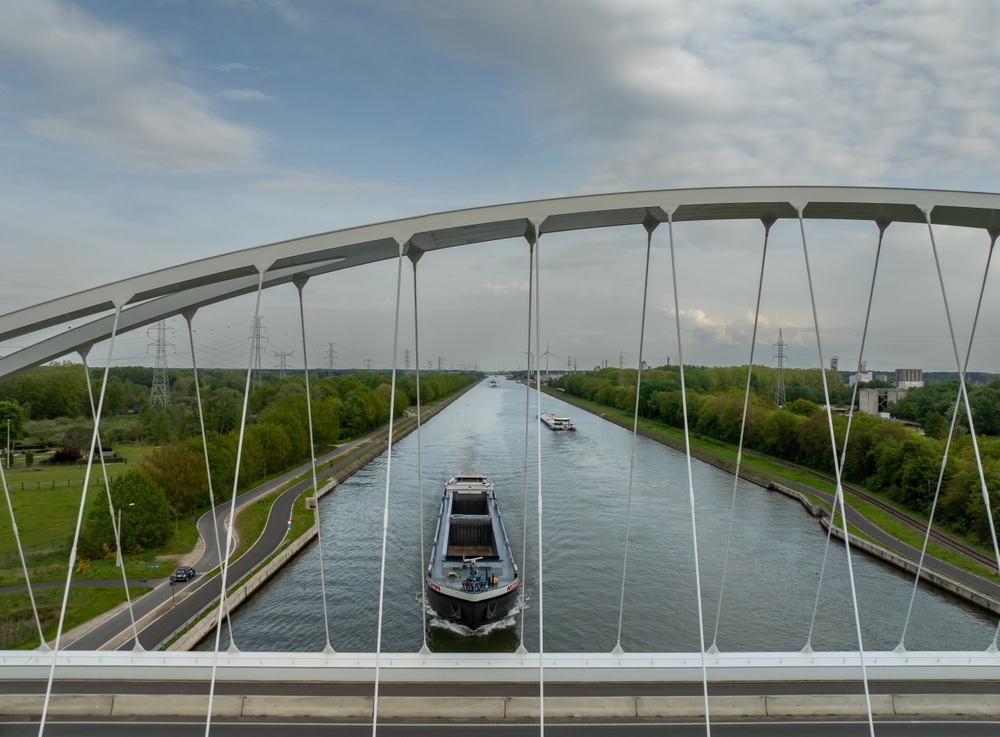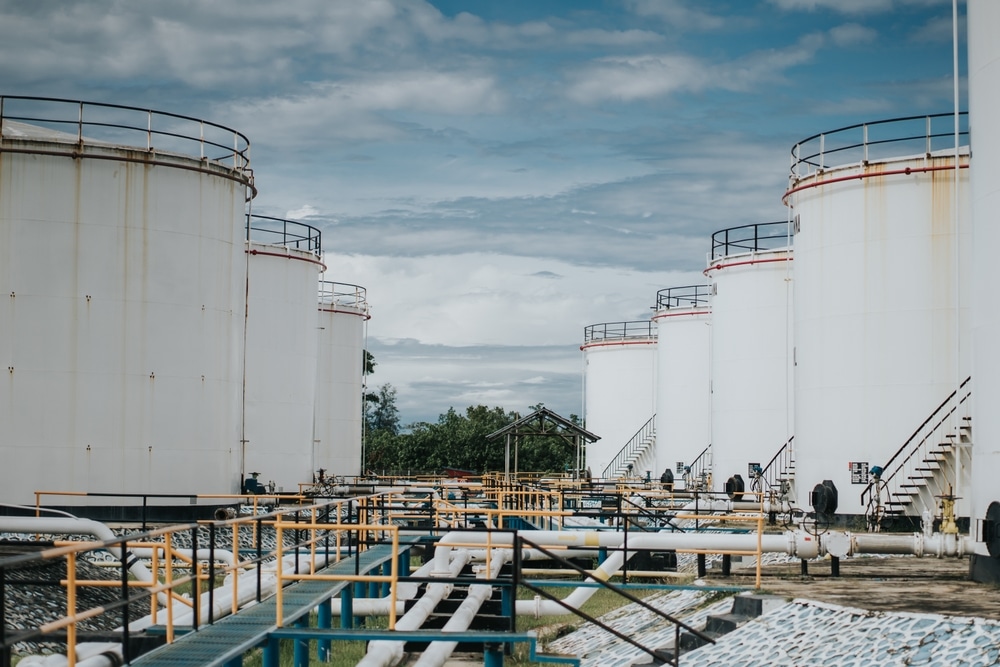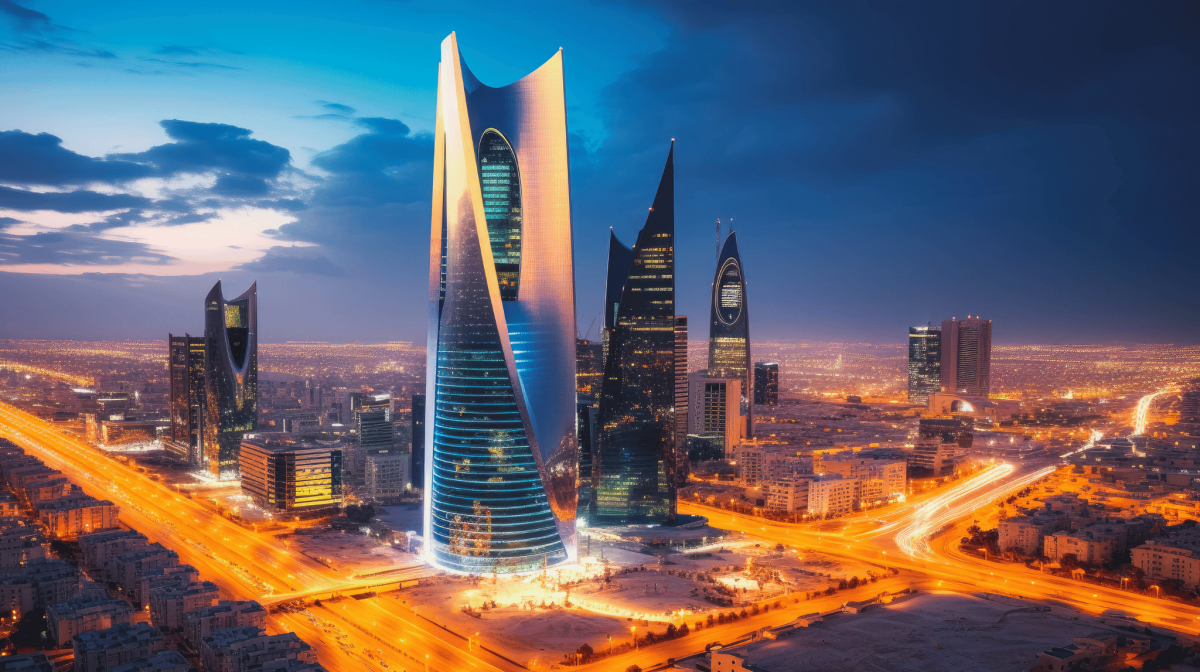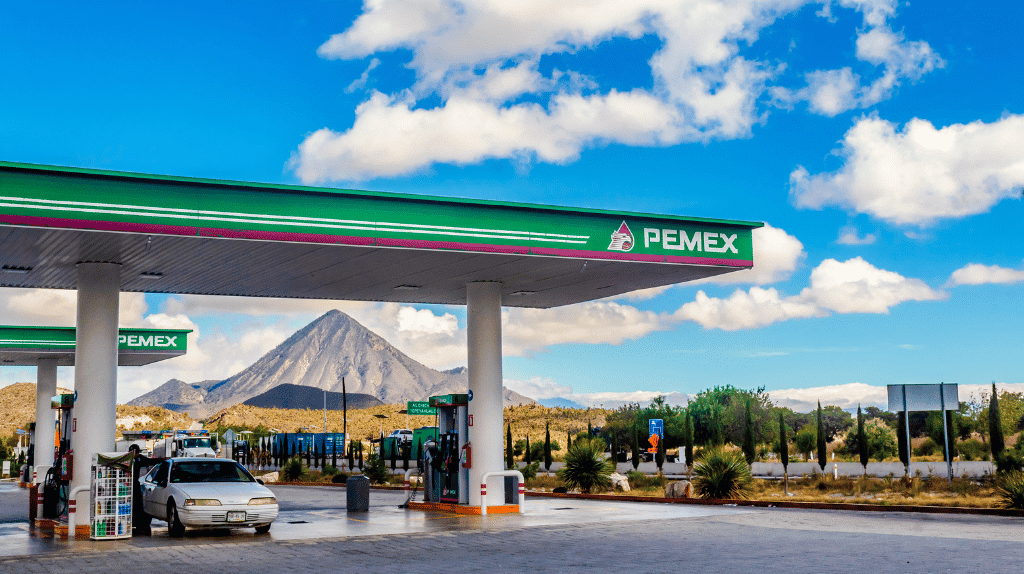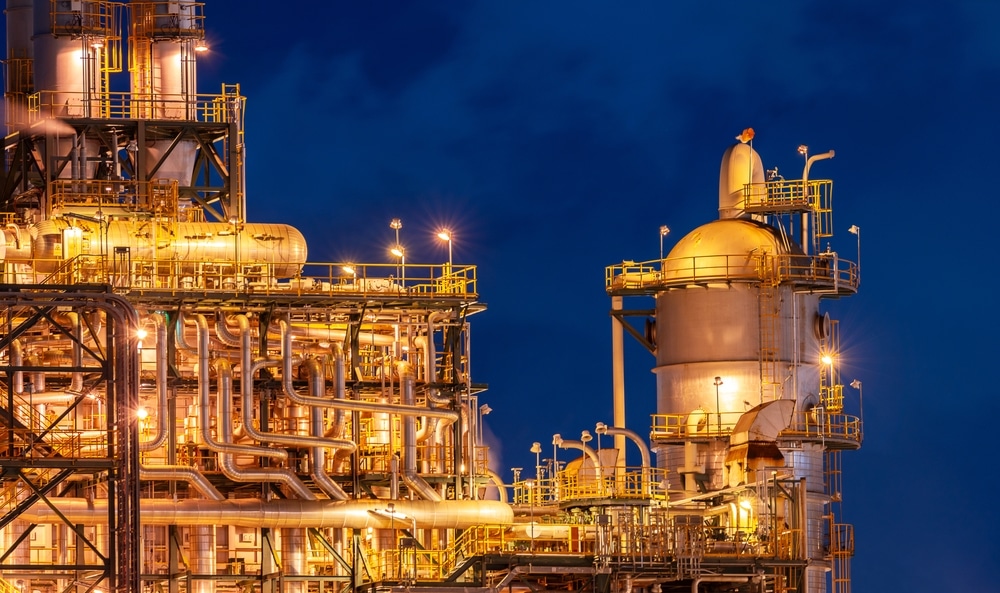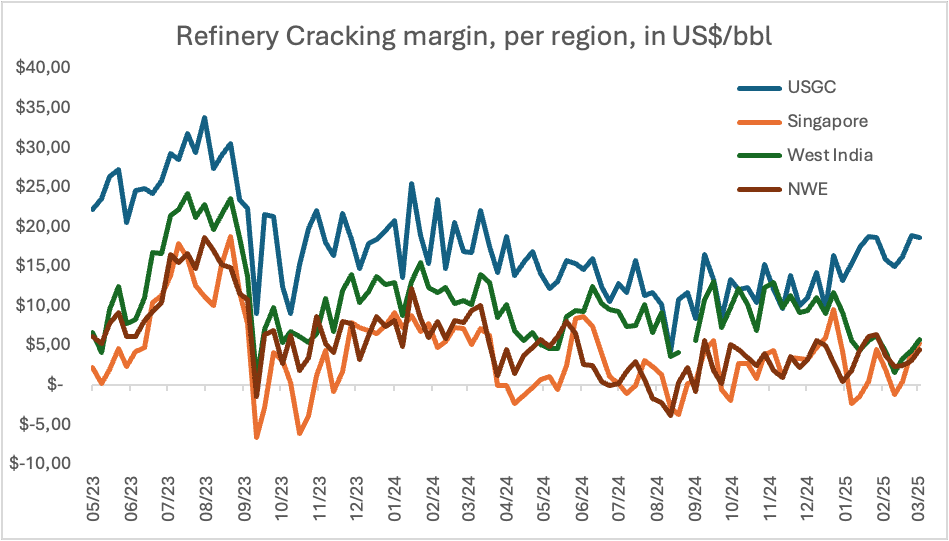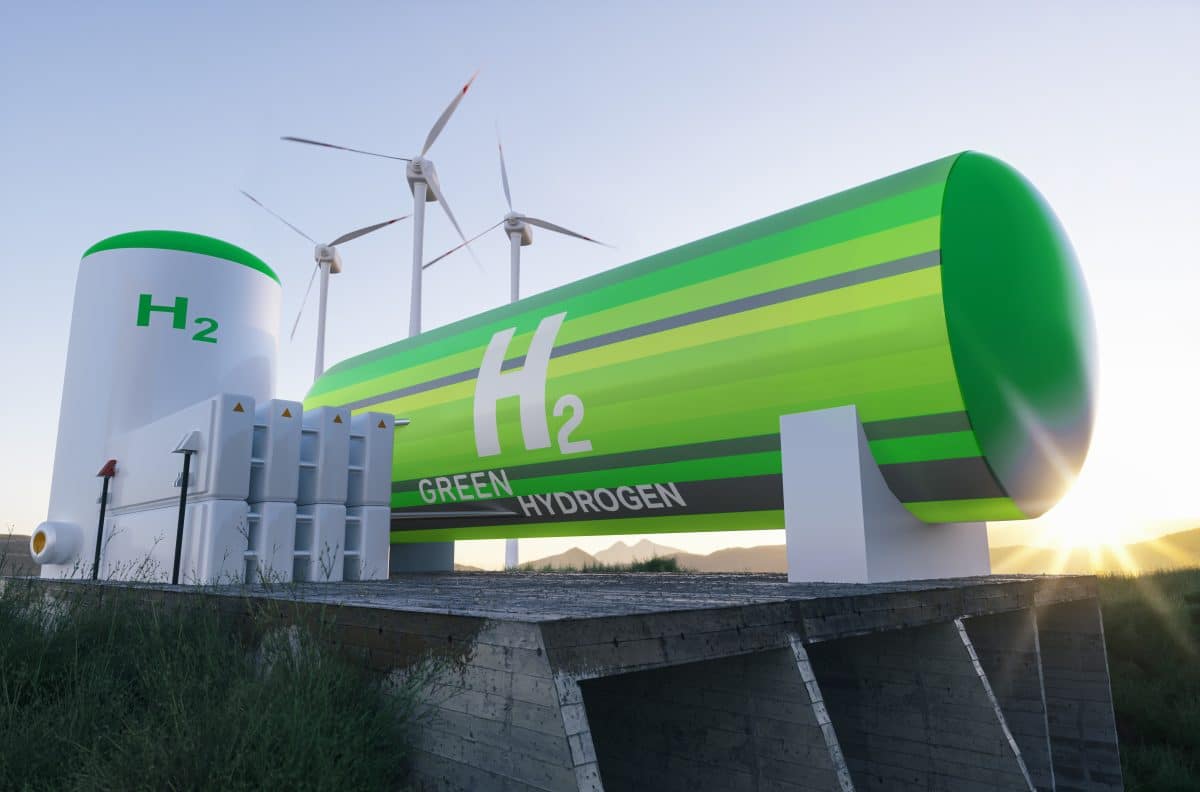The ARA clean petroleum product (CPP) barge market ended July with declining freight rates, volatile demand, and mounting evidence of a seasonal slowdown. Despite a midweek recovery in spot volumes, overall sentiment remained cautious as traders faced high barge availability, logistical ease, and little pricing incentive to move product.
1. Freight Rates: Downward Pressure Persists
Freight rates declined across the board during the week, especially toward the end:
- On 29 July, rates for all ARA destinations and product groups dropped, with corrections of up to 0.21 €/ton observed for Cross Harbor and Rotterdam–Antwerp/Amsterdam routes.
- This continued a broader trend seen since 24 July, when rates for both middle distillates and light ends began falling due to oversupply and low spot demand.
- Only light ends on 25 July showed a brief uptick, with minor increases reported on several routes—likely due to end-of-week repositioning.
Takeaway: Freight pricing remains under structural pressure, with brief rebounds quickly overridden by systemic softness.
2. Spot Volumes: Highs and Lows in Equal Measure
Daily volumes ranged dramatically, reflecting a fragmented demand pattern:
- A peak of 75.3 kton on 22 July represented a strong start to the week.
- This was followed by steady declines, with only 13 kton reported on 29 July, the lowest daily total since early June.
- Light ends led early-week activity, while middle distillates remained subdued throughout—despite refinery restarts and limited availability issues.
Takeaway: There’s activity—but it’s erratic, reactive, and product-specific rather than trend-driven.
3. Operational Environment: Ample Barges, Fewer Delays
For most of the period, the logistics environment remained frictionless:
- No major terminal delays were reported, with previous bottlenecks at Eurotank Amsterdam and Ghent largely resolved.
- That said, barges remained underutilized, and several freighters reported idle vessels, particularly in the large-size segment (>4000 DWT).
- Many fixtures were closed on a PJK B/L or lump sum basis, as parties tried to preserve flexibility in the face of demand unpredictability.
Takeaway: It’s not infrastructure holding back activity—it’s a lack of commercial pull.
4. Product Dynamics: Light Ends Offer Some Resilience
Light ends consistently outperformed middle distillates:
- Even during quieter trading days, light ends saw more deals closed, and freight rates held up better.
- Meanwhile, backwardation in gasoil and low inland demand continued to suppress middle distillate flows ex-ARA.
Takeaway: Gasoline and components are the relative bright spot, but not enough to lift the whole market.
5. Outlook: End-of-Month Stillness, Limited Forward Visibility
As July ended, market players were clearly in wait-and-see mode:
- Forward interest was weak, especially with August holidays approaching.
- High Rhine water levels and strong backwardation meant few Rhine-bound volumes, leaving ARA congested with both barges and products.
- Traders and operators alike are managing day-to-day, with minimal speculative positioning.
Takeaway: Unless regional arbitrage opens or macro fundamentals shift, ARA freight rates are likely to remain subdued into early August.
What’s next?
Are you ready to face your challenges head-on?
We now offer a FREE customized trial to our BargeINSIGHTS tool, an all-in-one platform for liquid bulk barge transport optimization.
With BargeINSIGHTS, you get instant insights into barge freight rates, bunker gas oil prices, water levels, vessel tracking, and barge availability—all in one place. No more time-consuming data collection; everything you need is at your fingertips.
Click here to schedule your demo and get access to BargeINSIGHTS for free!

